Body 1. Characteristics of Arabic as a Semitic Language
Body 2. Common Characteristics between Semitic and Arabic
Body 3. The Importance of Arabic as Semitic Language
Conclusion
B. Amharic: Ethiopia
C. Hebrew: Israel
D. Southern Arabic language: Iran, Iraq, some regions in Syria etc.
Generally the Semitic languages are divided into Eastern and Western Semitic languages. The Western Semitic language is further divided into Northwest and Southwest, and the most important branches from the proto Semitic language are Southwest Semitic’s Northern Arabic, Southern Arabic and Amharic languages. Eastern Semitic includes Akkadian language(2500~3000 B.C.)
Northwestern Semitic Languages include Canaanite and Aramic Languages. Depending on scholars, the branch of Cannanite Language is classified into Canaanite, Ugaritic, Hebrew, Phoenician, 분어, and Moabite languages, and also it can be divided into Northern Canaanite(Ugaritic), Central Canaanite(Phoenician), Southern Canaanite(Hebrew and Moabite) according to regions. Ugaritic was a sphenogram language spoken in Ugarit city state around 1400 B.C. and only consonants were used according to segmental sounds. It was the first language to use the Alphabets and like the Arabic Language, it is very close to the proto Semitic Language.
Southwester Semitic Languages include Arabian, Southern Arabian and Amharic languages. Northern Arabian was influenced heavily from geographically close Aramic and Hebrew languages. From invasions and trades, many Aramic and Hebrew people were blended with the Arab people from the Arabian Peninsula. As a result, some scholars say that the geographical division between the Northern and Southern Arabian languages is not clear and wonder how this is linked to creation of dialects of Arabic language.
1-2) Arabic Language
Arabic Language is classified in the Semitic Language family. A dialect from the Quraysh Tribe was used in the ruling class in the Arabian Peninsula and this gave birth to the Arabic language with the introduction of Islam in the 7th Century. Major dialects from the peninsula such as Tamim, Asad, Hudayl were combined and developed into today’s Arabic Language.
▪ 아랍사회의 언어, 윤은경, 2009
▪ 윤용수, 셈어로서 아랍어의 특징 연구, 한국 이슬람 학회, 2008
▪ 김영국, 언어와 언어학, 그리방, 2004
▪ 변광수, 세계 주요 언어, 역락, 2003
▪ 아랍어 구문어체 비교론, 오명근
▪ The Arabic Language: It’s role in History, Anwar Chejne
▪ Hetzron Robert.(1997), The Semitic Languages, Routledge: London
▪ Ferguson C.A..(1959). The Arabic koine. Language Vol. 35.
▪ Pedersen Johannes.(1984). The Arabic Book. Princeton New Jersey: Prineton University Press.



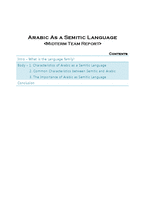

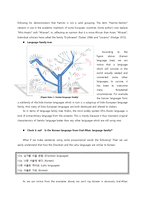
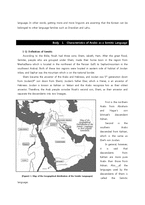
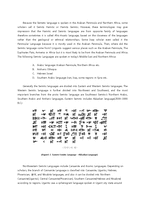
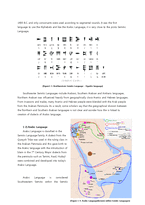
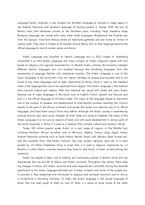

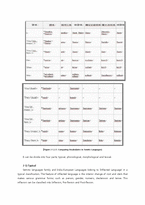
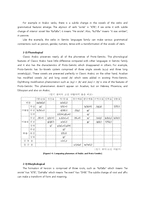
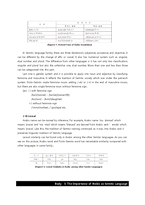

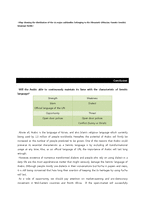
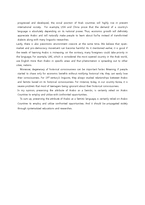

 분야
분야


